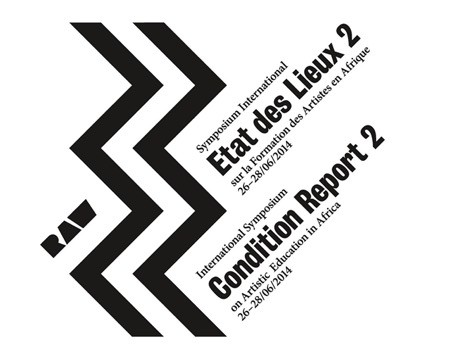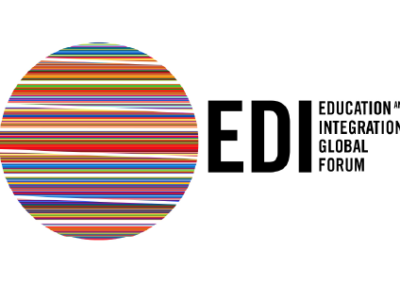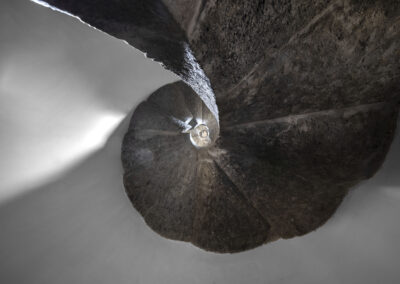
CATEGORY
Diversity/ Inclusion | ParticipationYEAR
2014DURATION
3 days LOCATION
OnsiteFORMAT
WEBSITE
TARGET
People interested in pedagogies and infrastructures of artistic education The main objective of this second international symposium organized by RAW Material Company was to provide a platform and opportunity for examining artistic pedagogies and practices, institutional policies and traditions, and how these contribute to the production, transmission and perpetuation of artistic and visual knowledge in African academies. Participating thinkers, faculty, artists, and cultural practitioners working in the educational and academic fields reflected on crucial and urgent matters relating to the systematic revitalization of artistic education in African countries. Invited participants provided analyses of the current situation as well as articulating possible futures for academic art teaching in Africa given the changing contours of national imaginaries and the shifting global economic-political landscape.
Formal art training in Africa began more than a hundred years ago either as a part of nationalist programs of cultural development, or as an ancillary component of colonial education. In the wake of political independence by the mid-20th century, new African states vigorously pursued autonomous national cultural programs, including the establishment of new art and cultural institutions, or the expansion and reorientation of existing, colonial ones. However, the Structural Adjustment Programs of the 1980’s and 1990’s severely impacted culture and education industries; in the ensuing turn to the so-called productive sectors of the devastated economies, art education for the most part witnessed a dramatic decline in quality, scale and ambition. The symposium considered how art schools in Africa might be reinvented and retooled to become sites of new trans-disciplinary pedagogical approaches and ambitious experimental projects and methods. It also considered how to sustain the role of art schools as sites of knowledge production and sharing, research and archival practices for the “social and common good,” and as catalysts for new strategies of international artistic networking.
Among some case studies that were presented during the symposium, particular attention was given to the lack of funding that leads on the one hand to a steady decrease in quality of teaching, as well as access to contemporary tools of artistic and intellectual production. One of the core aims of the symposium was to look closely at certain artistic and curatorial projects that influenced the formation of cultural connections among African countries and stimulated the rise of non-degree based workshops, artists collectives and related educational initiatives. How might art schools, despite their need to fulfill set curricular and academic mandates, draw on the vitality of non-degree programs? What collaborative possibilities exist between formal and informal art schools, especially given the changing dynamics of the art world, the need for broadening the spaces of artistic, aesthetic and socio-cultural transaction and exchange in Africa?
LINKS
FILES
AUDIO






